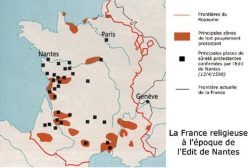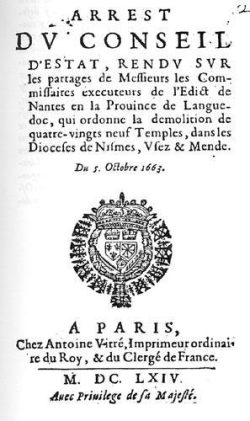Protestantism under the rule of the Edict of Nantes
The Edict of Nantes, granting the French Protestants freedom lasted nearly a century. But it was gradually torn apart first when political and military privileges were removed, then when their places of worship and religious freedoms started to be challenged.
The end of the Protestant party
The Edict of Nantes, signed in 1598 by Henry IV, put an end to the religious wars of the sixteenth century. Under the provisions of this Edict, Protestant worship was allowed within limits : the Protestants had access to all trades, the Protestant party was allowed together with its strongholds but for only a limited period of time.
When Henry IV died, the relationship between king and Protestants suffered. Three new religious wars broke out under the rule of Louis XIII, the third included the storming of La Rochelle.
The Protestant party was defeated. The Protestants could no longer defend their cause militarily.
The Edict of Nantes was soon to be revoked
From then on, freedom of expression and access to trades was first reduced in an gradually, and then in a harsher manner. However lulls occurred notably due to foreign policy when the king sided with Protestant princes and England against the Hapsburgs.
Conversely, the Catholics tried to draw the Protestants back to their Church by different methods. That is what is known as the Catholic re-conquest.
Bibliography
- Books
- CARBONNIER-BURKARD Marianne et CABANEL Patrick, Une histoire des protestants en France, Desclée de Brouwer, Paris, 1998
- LABROUSSE Elisabeth, Une foi, une loi, un roi ? La Révocation de l’édit de Nantes, Payot - Labor et Fidès, Paris - Genève, 1985
- WOLFF Philippe (dir.), Histoire des Protestants en France de la Réforme à la Révolution, Privat, Toulouse, 2001
Associated tours
-
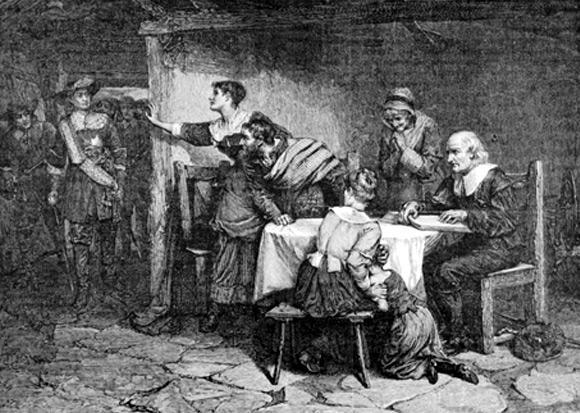
The rigorous edict (1661-1685)
As the Catholic clergy launched missions for the conversion of Protestants, Louis XIV implemented policies aiming to reduce and eventually put an end to Protestantism in the Kingdom. He began...
Associated notes
-
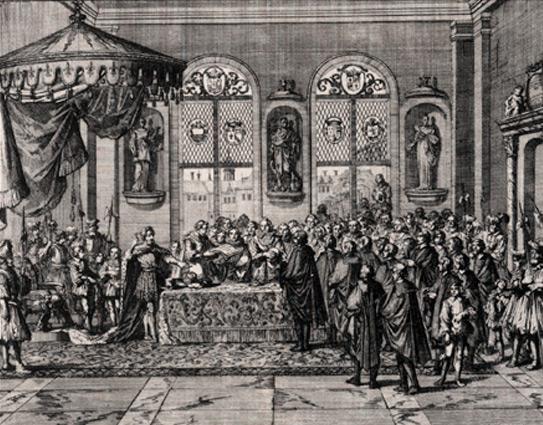
The enforcement of the Edict of Nantes until 1610
After the Edict of Nantes, France enjoyed a period of peace. Henry IV overviewed the implementation of the Edict which protected the Protestants but curbed their expansion. -
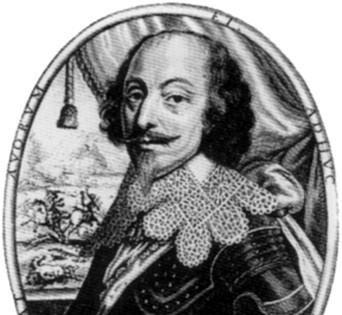
The last religious wars (1621-1629)
Under Louis XIII, in the wake of the Béarn case, the Protestants rebelled against the king. After their defeat, they lost their political assemblies and their strongholds and as a... -

A seeming lull (1630-1660)
After the Alès peace treaty, Richelieu tried to get the Protestants back into the Catholic Church. Under the rule of Mazarin, because of the necessities of France’s foreign policy and... -
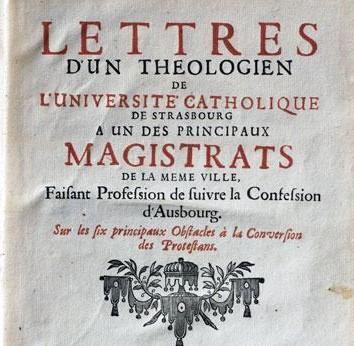
The Catholic re-conquest (1600-1660)
Due to the Trente Council, the Catholic Church gathered strength and launched a campaign of peaceful re-conquest meant to prevail over the Protestant “heresy”. It resorted to three different means :... -
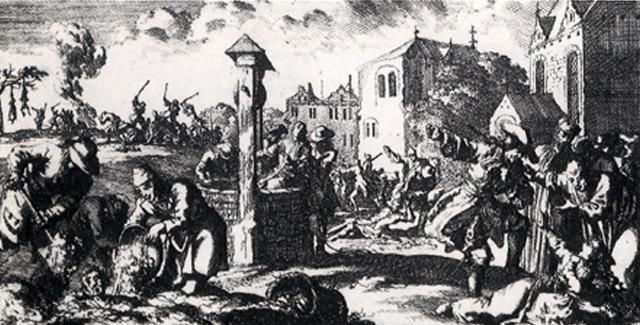
The Edict of rigour (1661-1685)
While the Catholic clergy launched missions for the conversion of Protestants, Louis XIV set up a policy that restricted the scope of the Edict of Nantes and then launched a... -

The Reformed Church and the king (1630-1660)
Why was the Protestant reaction to the oppressive methods used by Louis XIV so timid ? The explanation can be mostly found in their idolatrous submission to the king. -
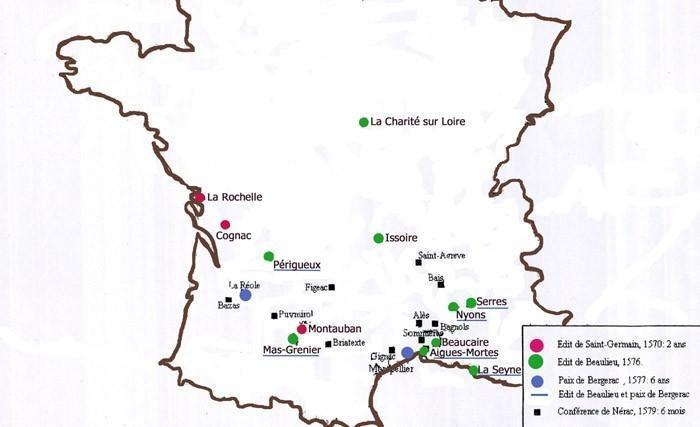
Protestant "places of safety"
The “places of safety”, strongholds in the hands of governors and granted to the Reformed, met religious and military requirements.

